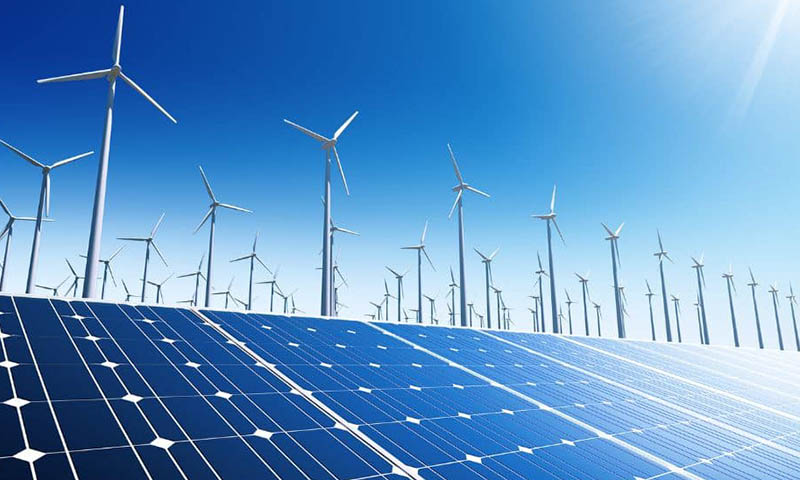Engineering Post Report
The Energy Sector of Pakistan was confronted with an intricate network of challenges predominated by circular debt, imported fuel-based generation mix, depleting natural gas supplies, volatile international energy prices and high transmission and distribution losses.
According to the information available, the Planning Commission of Pakistan
has outlined a comprehensive roadmap, the “SE Framework” with energy as one of its primary focus areas. This framework ranges four macro-level themes: Diversification & Indigenization, Affordability/Competitiveness, Financial Sustainability, and Private Sector Development.
During 2023-24, an additional 1500 MW of installed capacity was integrated into the national grid, with cumulative figures reaching 412348 MW. The maximum demand peak at 235516 MW during 2023-24. The national grid was going to have capacity additions of 3010 MVA on 220 Voltage levels by the end of June 2024. Similarly, the distribution segment was going to have an addition of 2246 MVA on 132KV voltage levels with addition of 1626618 consumers onboard and electrification of 8111 villages by the end of financial year 2023-24.
As for future outlook for financial year 2024-25 was concerned, the projects listed envisage an additional 1962 MW of new generation capacity, including quite significant contributions from Hydel Power Plants i.e. 1138 MW. As such, the installed capacity was projected to reach a cumulative figure of 43310 MW with the peak demand tolling to 27140MW. The capacity additions in the national grid will be 4850, 5840 and 1000 MVA capacity on 500KV, 220KV and 1660KV voltage levels respectively while the distribution sector was planned to be supplemented by an additional capacity of 3328 MVA on 132KV voltage level and expected to power 1775653 number of consumers and electrification of 6937 more villages during the same period.
The fuel sector continues to focus on enhanced indigenous crude oil and coal production, however, challenges remain, notably in natural gas production. The achievements of LNG imports and pipeline infrastructure expansion demonstrated progress in addressing the supply demand gaps adequately.






